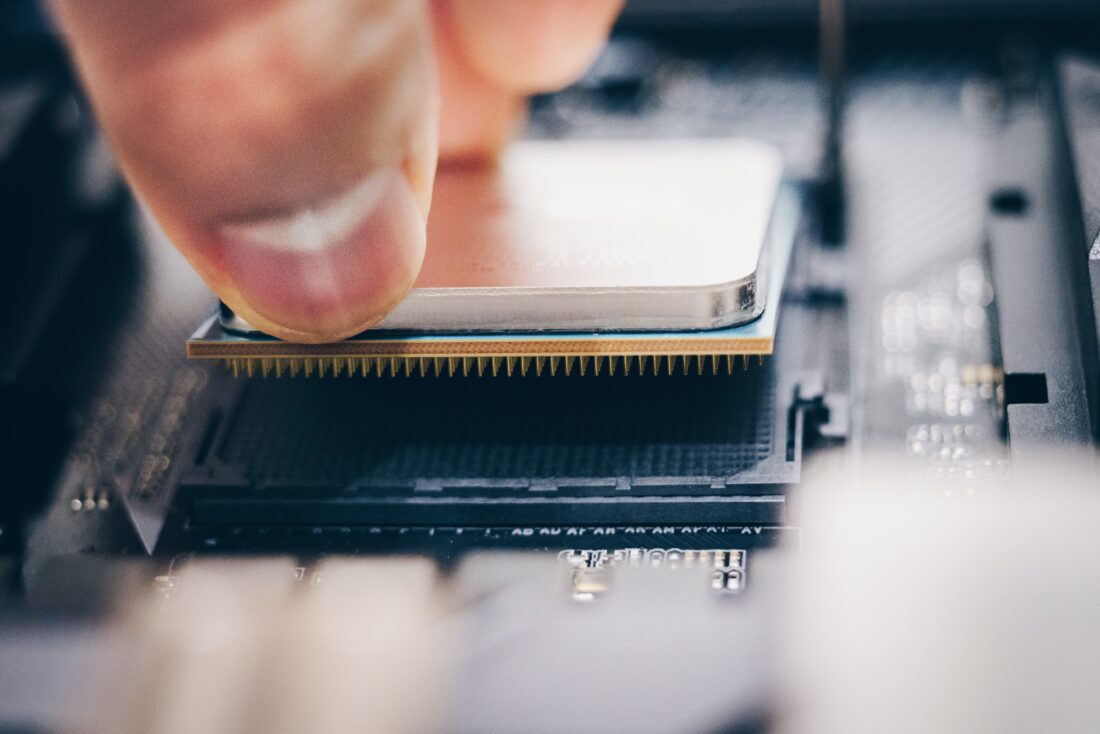When we consider classical information processing, for example, in a computer, we operate with familiar elements: there is a processor, there is RAM, there is a hard disk for long-term storage. Classic bits are processed by the processor, stored in the RAM during processing, and the results of operations are stored in non-volatile memory, from where they can be read at any time. They can be copied and transferred to another computer.
In the quantum world, this turns out to be impossible. The state of the system cannot be copied exactly, as the no-cloning theorem states, a rigorous result of quantum theory. This means that the operations of recording and storing information, which are usual for a classical computer, turn out to be impracticable. It is necessary to use another type of memory – quantum. But before we get into what it is, it’s helpful to remember the basics of quantum computing.

The place of classical bits in a quantum computer is taken by qubits. These quantum objects are in a state that is described by a wave function. Regardless of the physical realization of a qubit in the simplest version, it can be in two extreme states | 0> and | 1> (this is how the wave function of a qubit is written). But, unlike the classical bit, which can only take values 1 and 0, the qubit can also be in a state of superposition of the states | 0> and | 1>, which is described by the wave function: a | 0> + b | 1>. The numbers a and b are called the amplitudes of the wave function, and they can be positive, negative, or even complex.
Despite the fact that the state of a qubit can be a superposition, when we measure it, we always get only one outcome: 0 or 1. If we prepare this qubit in the same state many times and take measurements, then on average we get | a | ^ 2 times outcome 0 and | b | ^ 2 times outcome 1. For each measurement, the squares of the modulus of the amplitude of the wave function set the probability of obtaining one or another outcome of the measurement. But until the moment of measurement, we cannot talk about probabilities: there is no physical meaning in which, as can sometimes be found in popular explanations, a qubit “is immediately in a state of 1 and 0”. Precisely because the amplitudes are generally complex, the attempt to give an intuitive meaning to the concept of superposition is doomed to be imprecise.
Another difference between quantum computing and classical computing is the ability to entangle qubits. Two qubits can be brought into a state in which it is fundamentally impossible to describe one qubit without taking into account the state of the other: a | 0> | 1> + b | 1> | 0>. If the outcome of the measurement of the first qubit turns out to be 0, then the subsequent measurement of the second qubit will always, with one hundred percent probability, result in outcome 1.
As long as a qubit is in a state of superposition, it can be manipulated and its quantum amplitudes changed. This possibility disappears after measuring the qubit: its wave function is reduced to the measured value. This is a core feature of quantum computing. In a classical computer, we can read the bit values at any time during the calculation and even store the measurement in memory. In a quantum computer, the measurement is made once, at the end of the algorithm. The calculations are done by manipulating the amplitudes of the qubits, called quantum gates. Qubits can get entangled, their amplitudes can interfere (add and subtract), but the measurement is made only once at the end of the cycle. The sequence of gates is chosen so that after the cycle the measurement result has a certain probability distribution, which is necessary for a particular algorithm.
This brings us directly to the question of the need for quantum memory. The gates in a quantum computer are executed sequentially, but sometimes some amplitudes of the wave functions need to be stored for a later stage of computation. We cannot use classical memory for this: when measuring, the entire wave function of the measured qubit is reduced to one result, and we lose the ability to operate with the amplitudes of its wave function. Moreover, in quantum physics there is a prohibition on cloning a state: it is impossible to create an exact copy of a quantum state.
Therefore, you cannot make a copy in order to save it on the “hard disk” and then read it if necessary. The only way to synchronize operations is to create a gate execution delay for this qubit. For example, if a quantum computer runs on photons, where each photon acts as a qubit, a photon can be sent on a long fiber optic delay line, from which it will exit with a lag of a few microseconds behind other photons. By choosing the correct line length, the valve operation can be synchronized.